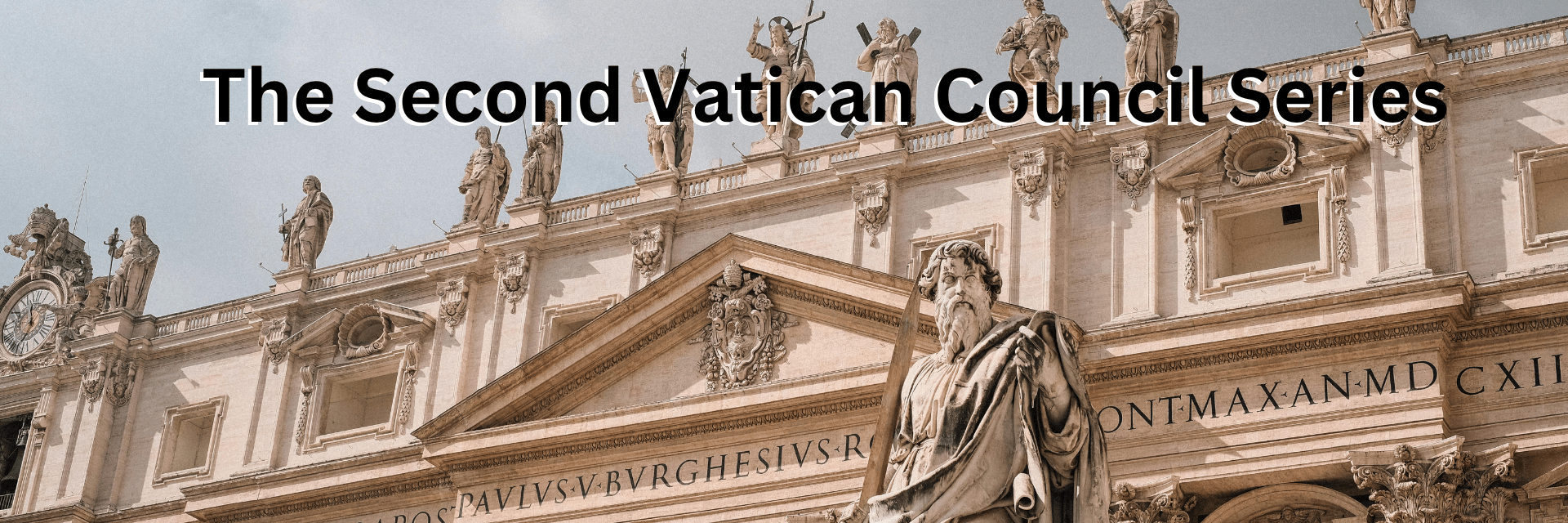4th Letter on Vatican II

IV. ADDRESSING THE ISSUE OF PROPER CANONICAL FORM
Introduction
One Traditionalist argument against the legitimacy of the liturgical reforms implemented by Pope Paul VI is that he did not follow proper canonical form. Addressing this concern involves understanding the canonical procedures for liturgical changes, the authority vested in the pope, and the specific steps taken by Pope Paul VI in promulgating the reformed liturgy.
Canonical Form and Papal Authority
1. Papal Authority in Liturgical Matters:
- The pope, as the supreme legislator of the Church, has full authority to regulate the liturgy (cf. Canon 838 of the Code of Canon Law).
- This includes the power to revise liturgical texts and norms, a power historically exercised by various popes as shown in my previous bulletin letters.
2. Canonical Form for Liturgical Changes:
- Canonical form refers to the proper legal procedures and norms that must be followed in making changes within the Church.
- The promulgation of liturgical texts typically involves consultation with bishops, theologians, and liturgical experts, followed by an official decree from the pope.
Steps Taken by Pope Paul VI
1. Consultation and Preparation:
- The Second Vatican Council, in Sacrosanctum Concilium, mandated a revision of the liturgy to promote active participation and pastoral efficacy.
- Following the council’s directives, Pope Paul VI established the Consilium (a commission of experts) to oversee the liturgical reform.
2. Development of the New Order of the Mass:
- The Consilium worked extensively, consulting with bishops and liturgical experts worldwide to develop the revised Roman Missal.
- Their work was informed by historical research, theological reflection, and pastoral considerations.
3. Promulgation of the New Roman Missal:
- Pope Paul VI officially promulgated the revised Roman Missal with the Apostolic Constitution Missale Romanum on April 3, 1969.
- This document outlines the theological and pastoral rationale for the changes and sets the date for the new missal’s implementation.
4. Implementation and Reception:
- The new Roman Missal became the normative form of the Mass in the Latin Rite, with specific instructions for its use and implementation provided to bishops and clergy.
- The pope’s authority to make this change was exercised within the canonical norms of the Church, ensuring proper form and legal validity.
- Unfortunately, as I laid out in a previous letter, a liturgical commission, claiming to be the authoritative promoter of the Council’s wishes, instructed the laity and clergy to make unauthorized changes years before the New Roman Missal was promulgated and years before the Constitution Missale Romanum was promulgated.
Addressing the Argument of Improper Canonical Form
1. Authority of Missale Romanum:
- The Apostolic Constitution Missale Romanum is a formal papal document, issued following the standard procedures for such significant changes.
- This document clearly states the pope’s decision and the rationale behind the liturgical reforms, fulfilling the requirements of proper canonical form.
2. Consultation and Collegiality:
- The process leading to the promulgation of the new missal involved extensive consultation with bishops and experts, reflecting the principles of collegiality and shared responsibility emphasized by Vatican II.
- This consultation process ensured that the reforms were not the result of arbitrary decisions but were grounded in the collective wisdom and pastoral experience of the Church.
3. Continuity and Legal Validity:
- The changes implemented by Pope Paul VI are consistent with the Church’s tradition of liturgical development and renewal.
- The legal validity of the new missal is affirmed by the pope’s supreme authority and the formal promulgation process.
Addressing Traditionalist Concerns
1. Understanding Canonical Procedures:
- It is important to understand that the proper canonical procedures were followed, including consultation, development by the Consilium, and formal promulgation.
- The role of the Apostolic Constitution Missale Romanum as a valid and binding papal document underscores the legitimacy of the reforms.
2. Respect for Tradition and Authority:
- The older 1962 missal is honored as an important part of the Church’s liturgical heritage. However, the ongoing authority of the Church allows for legitimate liturgical development.
- The reforms were made with respect for the Church’s tradition and to foster deeper participation in the liturgy.
3. Unity and Fidelity:
- The coexistence of the Tridentine Mass (Extraordinary Form) and the Novus Ordo Missae (Ordinary Form) reflects the Church’s recognition of diverse liturgical expressions within the unity of the Roman Rite.
- Obedience to the pope’s directives is a sign of fidelity to the Church’s magisterium and its living tradition.
Conclusion
Pope Paul VI followed proper canonical form in implementing the liturgical reforms mandated by the Second Vatican Council. The process involved extensive consultation, the work of the Consilium, and the formal promulgation of the new Roman Missal through the Apostolic Constitution Missale Romanum. These steps ensured the legal validity and continuity of the reforms within the Church’s tradition.





